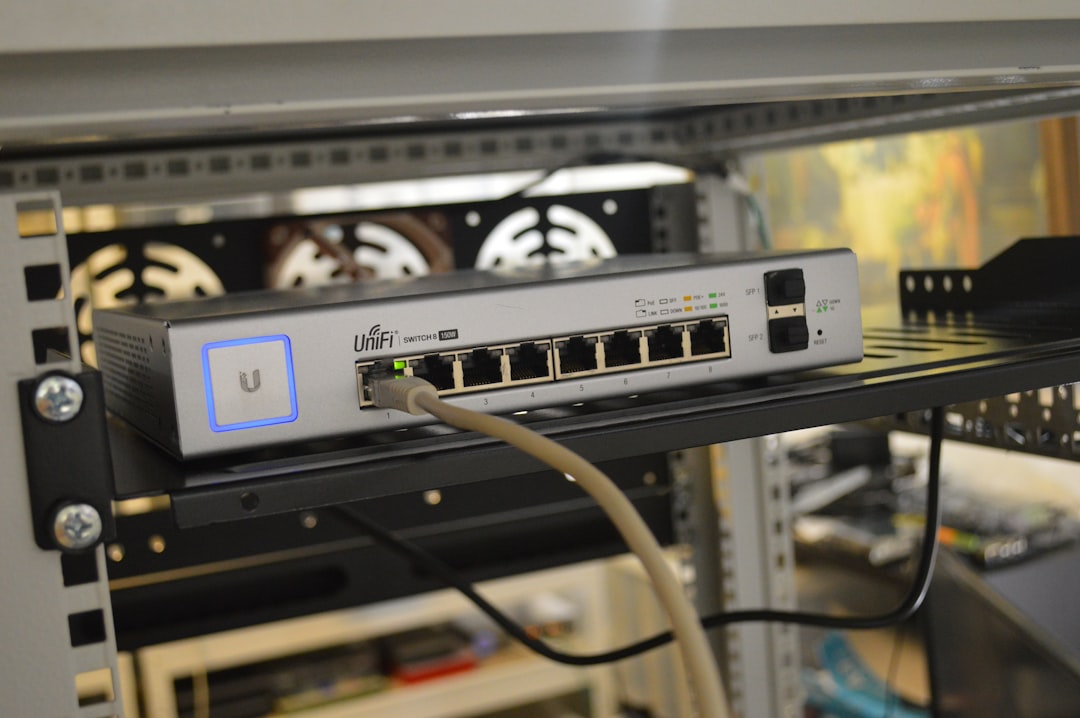In an increasingly digital world, the operating system (OS) of a computer plays a critical role in cybersecurity. Two of the most widely used systems, Microsoft Windows and Linux, often come under scrutiny for how they manage security threats. While Windows has long been the dominant OS for personal and business computers, Linux has become a popular alternative, especially in server environments and among tech-savvy users. But when it comes to handling security threats, which system stands out?
Understanding the Security Architectures
Windows and Linux are fundamentally different in architecture, and these differences significantly influence how each handles security risks.
Windows is designed with user convenience and backward compatibility in mind, which sometimes opens doors to vulnerabilities. Because of its large user base, it’s also a frequent target for attackers. Microsoft has made tremendous improvements in security features over the years, such as integrating Windows Defender and more robust User Access Control.
Linux, on the other hand, follows a Unix-based model, offering a more granular permission structure. Most Linux distributions are open-source, meaning that their code is publicly available for inspection and refinement. This transparency often leads to faster patching of vulnerabilities because more eyes are inspecting the code regularly.
Vulnerability and Patching
One of the primary concerns in any operating system is how it manages software vulnerabilities and distributes patches.
- Windows: Microsoft typically releases patches on “Patch Tuesday,” a scheduled release that provides consistency but may delay the resolution of critical vulnerabilities.
- Linux: Various Linux distributions can push security patches as soon as they are available. Popular distros like Ubuntu, Fedora, and CentOS have fast response systems due to their active communities and enterprise backing.
Whereas Windows maintains a centralized update system that automates patches, Linux allows greater control. You can configure your system for automatic updates or choose manual updates depending on your use case and environment.

Malware and Attack Surface
It’s well-known that Windows experiences a larger volume of malware attacks, primarily due to its widespread usage. It supports more legacy software, increasing the chance of outdated or poorly maintained applications being exploited.
Linux, comparatively, has a smaller desktop market share, which makes it a less attractive target for malware developers. Its permission model also limits what users and applications can do unless explicitly granted higher privileges, helping reduce the spread of malware.
However, Linux is not invulnerable. Servers running Linux distributions are frequent targets of rootkits, botnets, and remote access trojans, especially if they are not regularly maintained or properly configured.
User and Access Management
Windows handles access control via a user account model with different levels of privileges. Features like Windows Hello and multi-factor authentication have improved identity protection.
In Linux, the concept of root vs. standard users is strictly enforced. Performing administrative tasks typically requires the use of sudo, a tool that grants users temporary privileges. This ensures that even if a non-root user clicks on malicious content, the damage is limited unless sudo access is compromised.
Additionally, Linux systems support Pluggable Authentication Modules (PAM), which provide a flexible mechanism for integrating various authentication technologies such as biometrics and smart cards.
Security Tools and Customization
Both operating systems offer a wide range of security tools for defense and monitoring. For Windows, built-in tools include:
- Windows Defender Antivirus
- BitLocker Drive Encryption
- Firewall with Advanced Security
- Event Viewer for monitoring
In Linux, users have a rich toolkit to choose from depending on the distribution and intended use:
- iptables and Firewalld for firewall configurations
- AppArmor and SELinux for mandatory access control
- Fail2Ban and rkhunter for intrusion prevention
- Logwatch and syslog for monitoring logs

Linux is more customizable, giving advanced users the ability to strip down functions or build systems specifically tailored to their security needs. Windows, however, tries to balance security with user experience and backward compatibility, which may include some trade-offs.
Community vs. Proprietary Support
Another aspect of security is the support ecosystem.
Windows benefits from Microsoft’s dedicated security teams, extensive documentation, and enterprise-level support for organizations. If you’re a corporate entity, having vendor-backed support can be invaluable.
Linux benefits from both official and community-driven support. Distributions like Red Hat Enterprise Linux (RHEL) or SUSE offer professional support similar to Microsoft. Meanwhile, community forums, mailing lists, and GitHub repositories ensure that even non-enterprise users get timely help and updates.
Which System Is More Secure?
There is no one-size-fits-all answer to determine which operating system is more secure. Instead, it depends on the context:
- For desktop users: Windows may offer more convenience and built-in defenses tailored to everyday tasks.
- For servers or developers: Linux’s flexibility and fine-grained control make it the better choice in secure environments where customization is key.
- For enterprises: Both systems can be hardened effectively, but Windows offers more integrated enterprise support tools.
Ultimately, how a system is configured and maintained matters more than the OS itself. An outdated and poorly maintained Linux server can be more vulnerable than a well-secured Windows machine, and vice versa.
Conclusion
Security isn’t defined solely by the operating system—it’s shaped by architecture, user behavior, update policies, and the surrounding ecosystem. Linux and Windows each have their strengths and limitations. Choosing the right platform should factor in your technical expertise, level of control required, and overall threat landscape relevant to your use case.
Frequently Asked Questions (FAQ)
Is Linux completely immune to viruses?
No, Linux is not immune to viruses or malware. While it has strong security frameworks and lower instances of attacks, it is still vulnerable if not properly configured or updated.
Why does Windows have more malware attacks than Linux?
Windows has a larger user base, making it a more profitable target for cybercriminals. Its backward compatibility and frequent use of third-party applications also increase its attack surface.
Which is better for servers – Linux or Windows?
Linux is generally preferred for servers due to its stability, customization options, and lower resource requirements. Windows Server is also robust but often used in specific enterprise environments that require integration with other Microsoft services.
Can Linux be used by non-technical users?
Yes, modern Linux distributions like Ubuntu and Linux Mint offer user-friendly interfaces that make them accessible even to non-technical users. However, some level of technical knowledge is beneficial for troubleshooting and advanced configuration.
Which system updates faster in terms of security patches?
Linux distributions often update more frequently and can push out patches quickly via community or enterprise channels. Windows updates are typically scheduled for release on a monthly basis but may delay urgent fixes.



